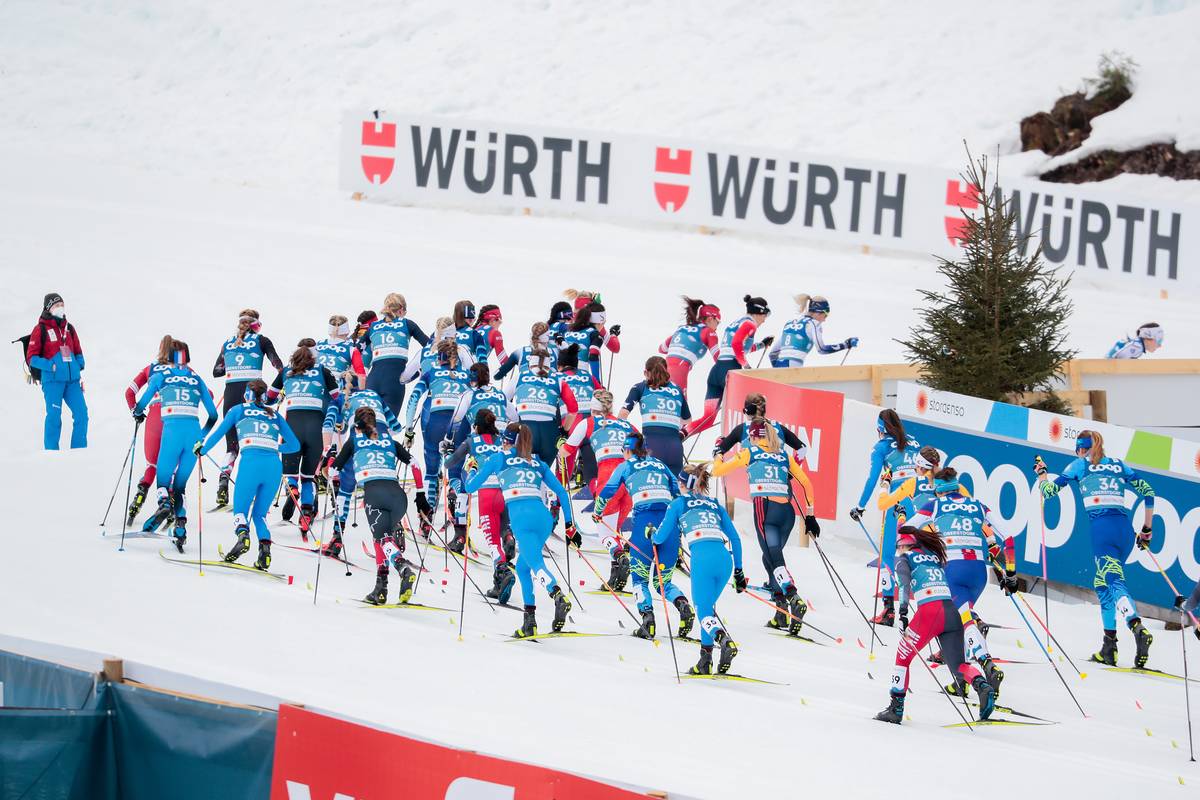
There’s a poignant anecdote in Alex Hutchinson’s book Endure where he describes the race in which he drastically reduces his 1500 meter running times as a collegiate runner. He had, for some time, been on an unsuccessful journey to break a four-minute mile. Spoiler alert, Hutchinson goes on a stretch to run several PRs in the 1500, but eventually plateaus.
“Reaching the ‘limits of endurance’ is a concept that seems yawningly obvious until you actually try to explain it,” Hutchinson writes in Endure. “Had you asked me in 1996 what was holding me back from sub-four, I would have mumbled something about maximal heart rate, lung capacity, slow-twitch muscle fibers, lactic acid accumulation, and various other buzzwords I’d picked up from the running magazines I devoured. On closer examination, though, none of those explanations hold up. You can hit the wall with a heart rate well below max, modest lactate levels, and muscles that still twitch on demand. To their frustration, physiologists have found that the will to endure can’t be reliably tied to any single physiological variable.”
Hutchinson adds, “part of the challenge is that endurance is a conceptual Swiss Army knife.”
All this is to assert that the science of human performance is tough to reduce to discrete how-tos and whys. Certainly, there remain best practices and firm tenets, for example, regarding a reasonable ratio of “easy” to “hard” training efforts. But the secret sauce, the concrete recipe or technique adjustment that unlocks performance potential remains unobtainable for many. And as Hutchinson expresses, the frustrating conundrum remains: oftentimes one realizes their performance potential but struggles to distill how A led to B and led to C.
Then there is cross-country skiing. Sticking with Hutchinson’s Swiss Army Knife comparison, cross-country skiing might as well be the Wenger Giant of Swiss Army knives: it boasts 141 functions. Although running has multiple variables too, sliding on snow brings a seemingly infinite number of interconnected variables into play.
Cross-country ski-specific science literature is not as prolific as the catalog of running or cycling studies. Yet high standards are high standards. But the question remains, in controlling for and discussing variables specific to cross-country skiing – in the lab and in the field – what are the norms?
“Methodological Guidelines Designed to Improve the Quality of Research on Cross‐Country Skiing”, a research paper in the Journal of Science in Sport and Exercise was published online on June 29.
As the title suggests, the paper attempts to create a template for accepted standards regarding research exploring human performance while cross-country skiing. “Research in this area, both in the laboratory and field, encounters certain difficulties that may reduce the reliability and validity of the data obtained, as well as complicate comparisons between studies,” state the authors in the paper’s abstract. An exhaustive array of variables are discussed in the paper – both biomechanical and physiological. The end game, the researchers claim, is to facilitate more valid, accurate, and reliable data when it comes to designing studies and presenting findings related to cross-country skiing.
At its most basic, the paper spells out that scientists must catalog information regarding study participants (athletes) noting their sex and age, their performance level via FIS or national federation points, and the level of competition each athlete has achieved – regional versus international. Further, information should be gathered regarding each athlete’s nutrition, hydration, and training load on the specified day of testing.
The authors also standardize the sub-techniques of skate and classic while describing the specific nomenclature, description of the sub-technique, and its utilization (the terrain in which the sub-technique is used). For example, here’s how they break down the double pole kick.
Double pole with a kick
- Suggested abbreviation DPK
- Description – The arms are used symmetrically and in parallel together with one leg kick performed simultaneously with the arm swing. Arm and leg propulsion are used
- Utilization – Primarily on slight and moderate uphill terrain, sometimes as a transition from DS and DP
All this may sound rudimentary. But it ensures all researchers, coaches, and athletes are speaking the same language.
The paper goes on to include best methods for collecting data from technologies like high-resolution video, global navigation satellite systems (your sports watch/HRM likely uses a GNSS/GPS system), and power meters incorporated into ski poles.
The paper is not a “how-to” for aspiring human performance researchers. It is, however, a detailed menu of sorts, categorizing many if not all the variables scientists might encounter when designing cross-country ski-specific experiments and testing a hypothesis. Certainly, the money for this type of research is thin compared to the pool of run-specific human performance experimentation. Just think of the budget for Eliud Kipchoge’s Nike financed Breaking2 project. We can imagine that project spawned an industry of its own regarding running and human performance.
But within the niche nordic sport family where cross-country skiing plays a huge part (think nordic combined and biathlon), it’s wise to spend scarce research dollars on high-quality human performance investigations. As long as snow falls (which if you live in the Pacific Northwest right now where it is quite literally hot as hell and the prospect of sub-100 degree temps seems farcical) improving human performance on the ski tracks will remain. That means the community needs solid research. The work of the 13 scientists listed as authors on the paper is a reminder that the job of generating accurate, sound, useful, and repeatable experiments exploring any aspect of cross-country skiing is no easy task.
Jason Albert
Jason lives in Bend, Ore., and can often be seen chasing his two boys around town. He’s a self-proclaimed audio geek. That all started back in the early 1990s when he convinced a naive public radio editor he should report a story from Alaska’s, Ruth Gorge. Now, Jason’s common companion is his field-recording gear.



